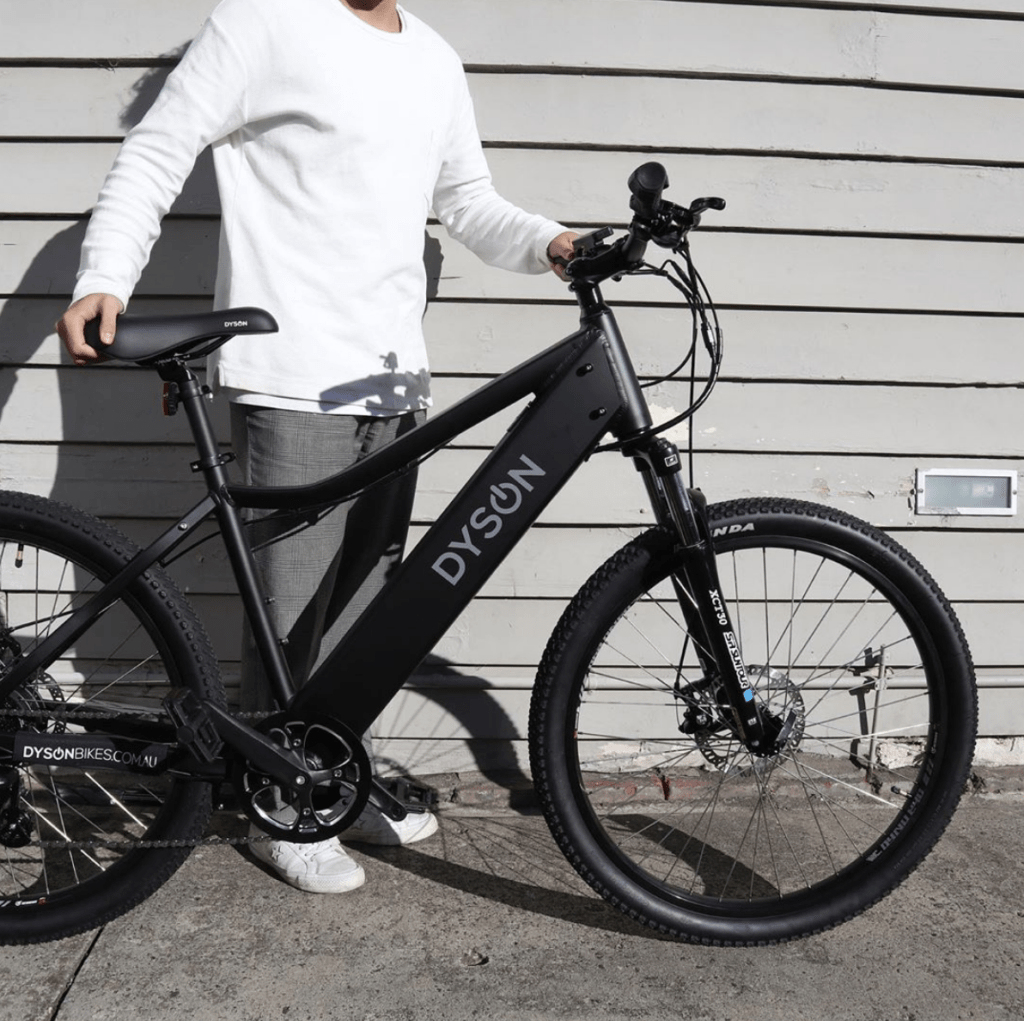BQ Tests: Ground Effect Tip Top
By Amanda Hernandez I am now a long-sleeved jersey convert! I normally w...
2020 has become the year of computerisation. Automated groceries, non-contact restaurant delivery and endless zoom calls are just a couple examples of the new cultural norm. Don’t get us wrong, we love technology and all the wonderful things it enables in a COVID-19 world. But all this computerisation has many people longing to embrace wholesome, exercise-based hobbies. Enter the e-bike; the perfect concoction of 21st technology and the humble bicycle.
Increased awareness of health risks and the positive benefits of exercise has prompted people to ‘move it or lose it’. The global uptake and market domination of e-bikes are creating a much needed, all-inclusive solution to these sedentary ways.
Technology can defeat us, anchoring communities in front of screens and removing the need to go out and explore. However, improved technologies mean an affordable, sleek e-bike that will create a long-lasting alternative to car travel is a possibility. Currently, the global e-bike market is estimated to be valued at USD 15.42 billion and growing. So, it is inevitable that more people are going to be riding e-bikes tomorrow and well into the future.

Many lycra-wearing, coffee drinking socialites might argue that e-bikes are cheating, but sufficient evidence suggest the opposite. A recent study surveying e-bike use in seven European cities found that e-bike users get more exercise (almost 400 minutes more!) than those who ride normal bikes. In addition, they are also much less likely to drive a car or catch public transport than their non-e-bike counterparts. Many people who ride e-bikes also ride normal bikes resulting in higher weekly activity levels.
Photo Source: https://www.dysonbikes.com.au/
With a growing need to reduce congestion on our roads and promote alternative modes of transport, battery electric vehicles (BEV) are presenting themselves as the go-to option. Higher manufacturing emissions created through battery manufacturing are quickly offset by emissions savings from riding the bicycle. Simply, it’s a trade-off. Greater emissions during the production of BEV’s versus higher emissions from the use of petrol vehicles. One report from the Union of Concerned Scientists stated that, along with the oil-saving benefits of having fewer petrol cars on the road, a grid comprised of 80% renewable electricity could see an overall reduction of 60% in emissions created by manufacturing and consumption.
In seven European countries similar research found that of the companies that adopted pilot e-bikes, each country saved on average 7.9 tonnes of C02 per year. How long it takes to realize these benefits depends on where the owner plugs in and how the owner reuses or recycles the batteries. For example, the lithium-ion battery at the end of a vehicle application still has over 70% of its original capacity to store energy. Conclusively, yes, e-bikes are good for the environment and emit 23 times less carbon per year than most cars. To fully nerd out on these algorithms, visit Professor Brian Rose’s article on such matters. He uses mathematical and numerical models to study climatic processes on a global scale.
With e-bikes now being made for every style of riding, with the right budget, there is an e-bike for everyone. For people affected by illness or impaired by other health conditions, the introduction of the e-bike has been a lifesaver. The added power as the pedelec motor engages makes carrying a load or going uphill doable. Trends in Europe show that e-cargo bike sales grew by 60% in 2019, boosted by the inclusion of cargo e-bikes into the FedEx and UPS fleet. Not only is this good for the industry, but it could mean one less delivery truck on the road.
If we can get the Queensland government to issue a rebate of $500, like that of Paris, we’ll be in an even better position to get the perfect e-bike. Cargo bikes can carry children or carry large loads helping to completely remove the need for a second vehicle. This saves money and contributes to a reduction in the projected $30 billion in costs of traffic congestion by 2030 (Australian Automobile Association). If you’re not riding an e-bike, praise the person that is. The choice to ride an e-bike benefits not only yourself but also reduces Co2 emissions, helping the environment become cleaner and greener.
By Amanda Hernandez I am now a long-sleeved jersey convert! I normally w...
Your helmet is the most important piece of cycling kit you own. It’s not just a box to tick for safety, it’s frontline pr...
Are you signed up to a big ride soon? Whether it\'s the Ipswich Scenic 100, the Mater Brisbane to Gold Coast Cycle for Cancer,...
As bike riders, many of us enjoy having a coffee before or after a ride. Sometimes both. And sometimes in the middle as well....